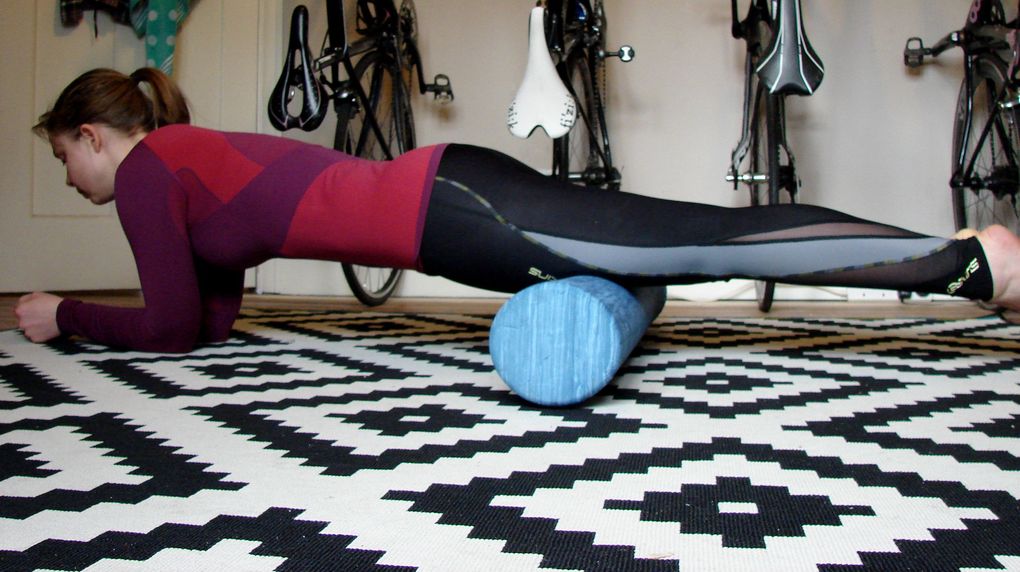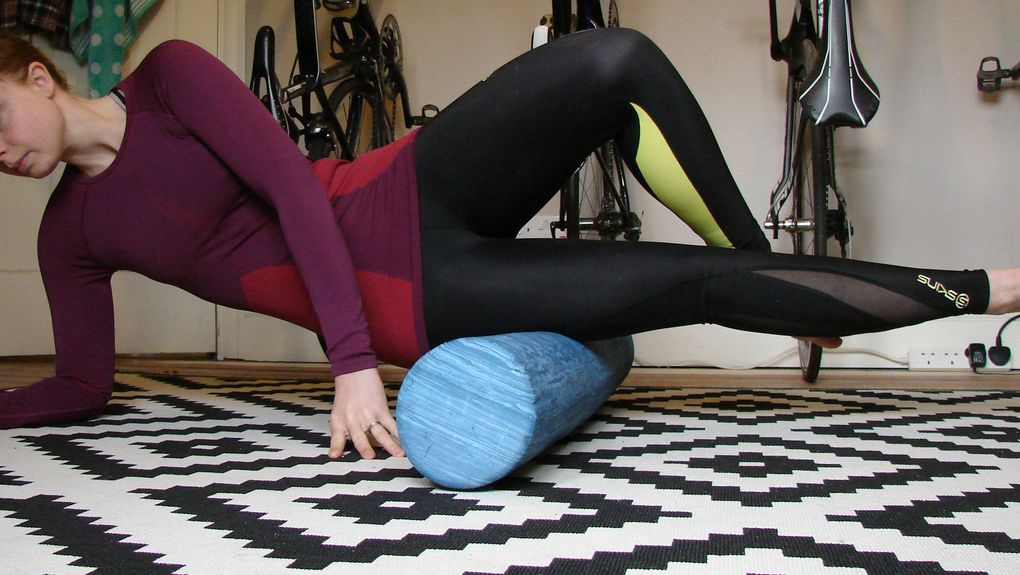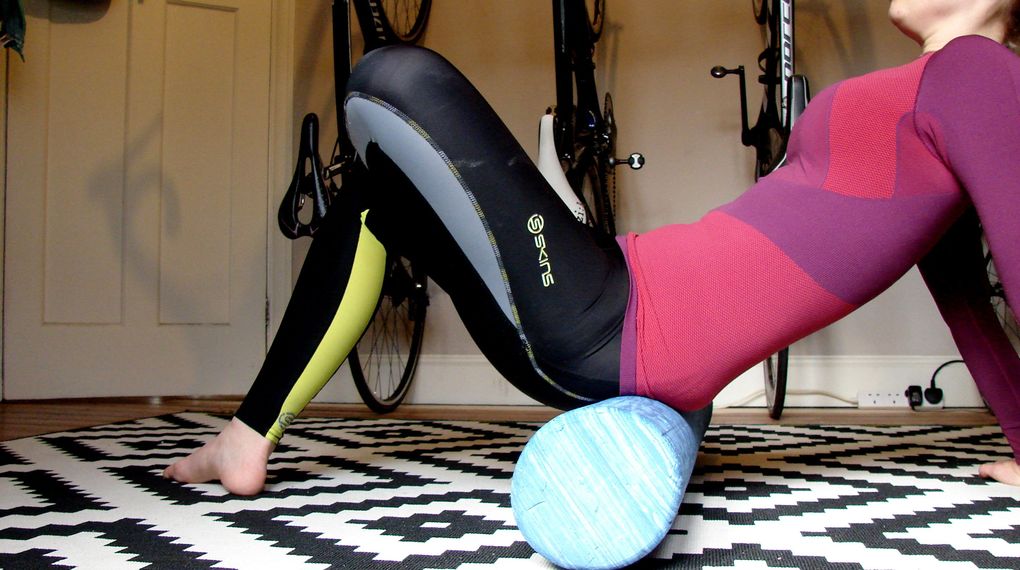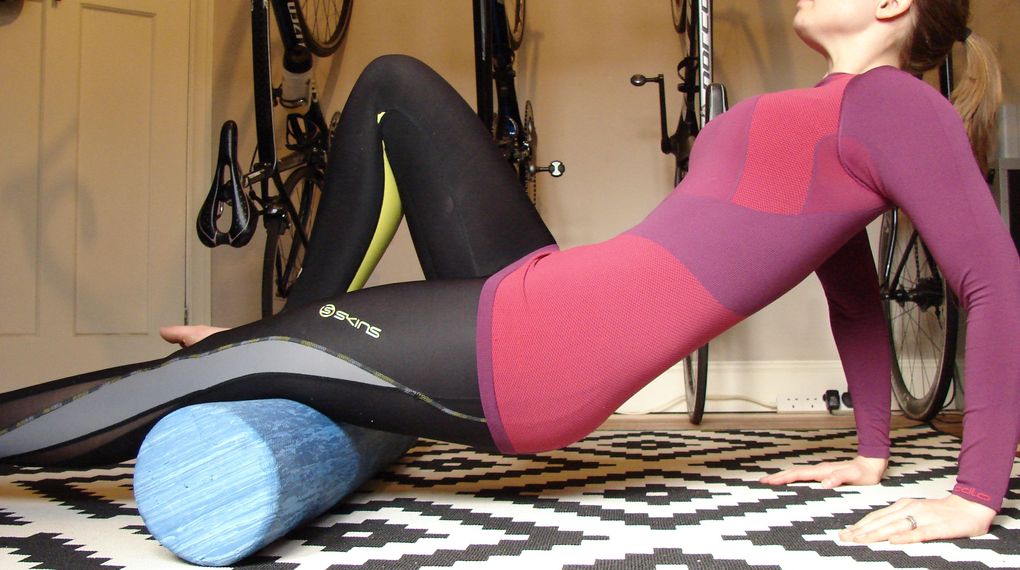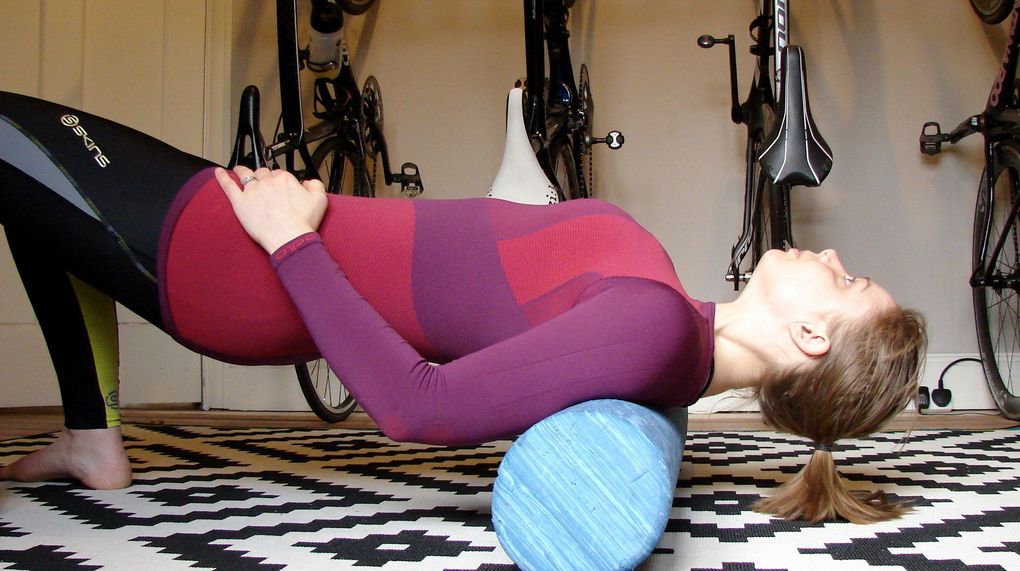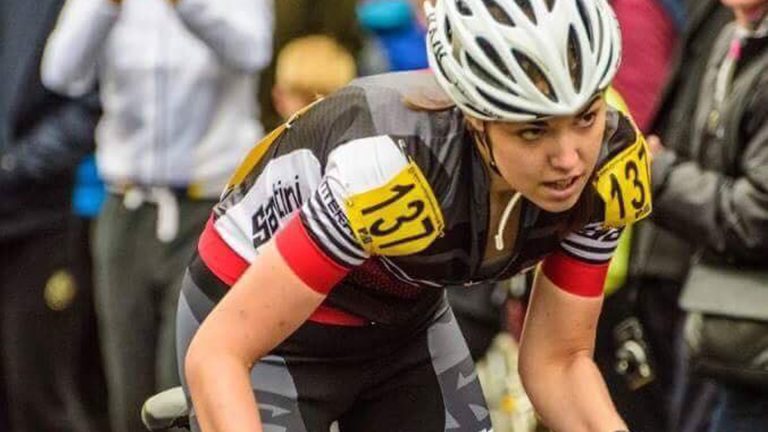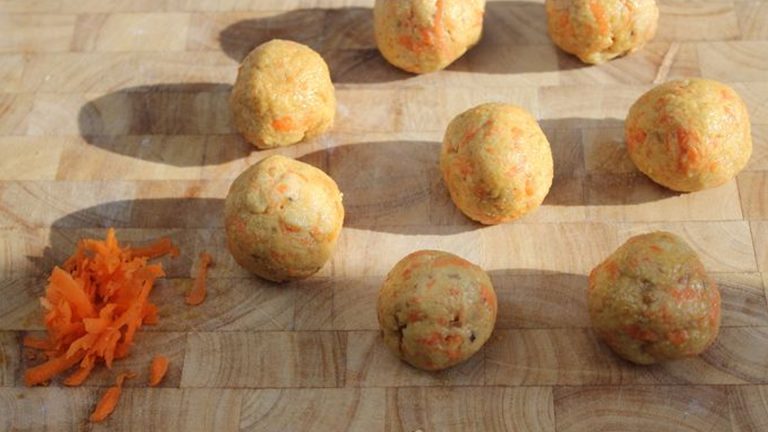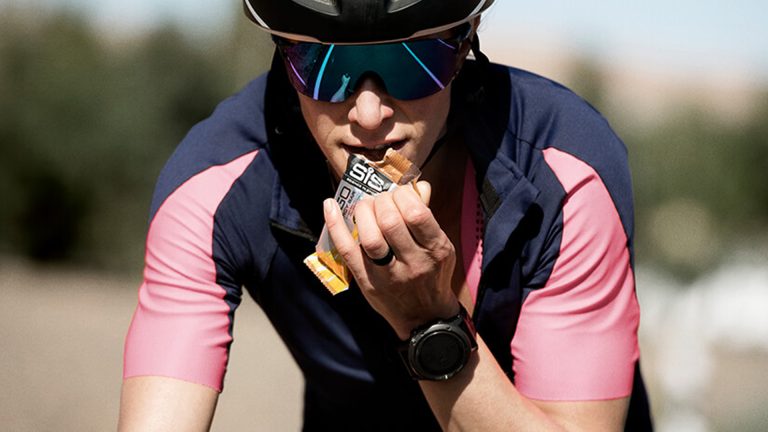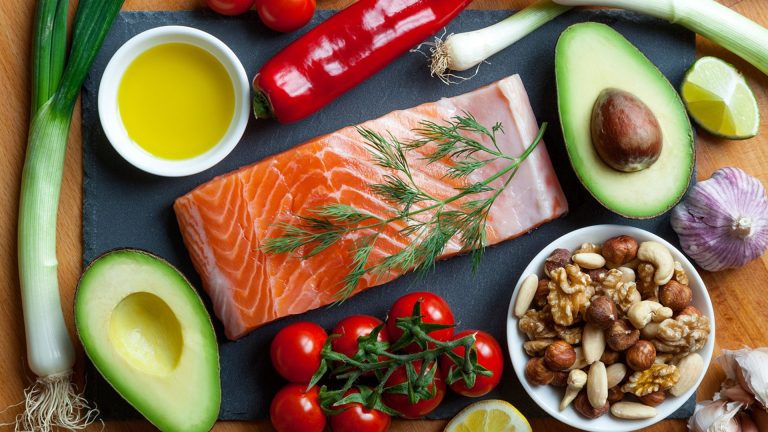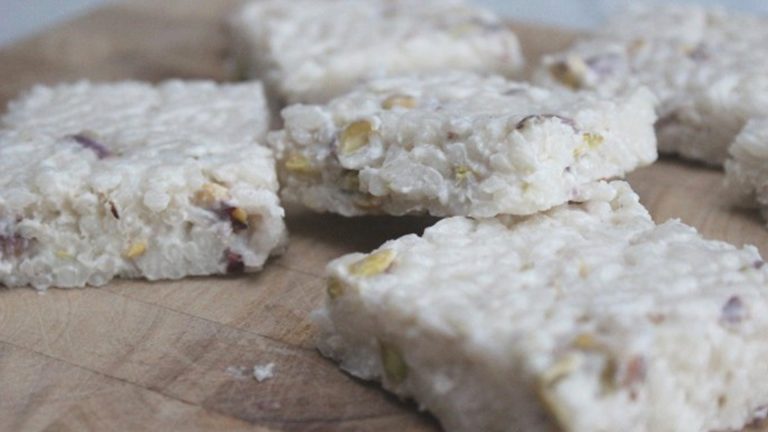No one enjoys tired, aching limbs after a ride – but the good news is that delayed onset muscle soreness (DOMS) is a sure sign that you’re getting stronger. The even better news is that foam rolling is a great way to help speed up the recovery process.
Working your muscles hard causes tiny tears in the fibres, as well as creating knots and tight areas – often around the quads, hamstrings and back for cyclists. When these repair, they become stronger – which will help you to get stronger, but in the meantime, your legs and back can feel pretty awful. Foam rolling helps to speed up the repair by smoothing out the knots and encouraging blood flow to the area.
5 Ways to Speed up Recovery from Cycling Injuries
How to: Use Protein to Your Advantage in Recovery and Weight Loss
Foam rollers are available in various different sizes and densities, and as a result, they come in at different costs. However, you can get a perfectly good one for about £20, and though you’ll never get the same targeted treatment you would from a sports massage, rolling daily could save you needing to splash out when your muscles finally give in.
So you know the benefits of foam rolling. The negatives? If you’ve not done it for a while or been riding a lot at high intensity, it can hurt – rather a lot. However, after just a few days of spending five to ten minutes in the foam-roll-chamber each morning or evening, riders often find the self-treatment method becomes much less painful. Why? Because it’s working.
Here’s a look at some of the best foam rolling exercises for cyclists…


